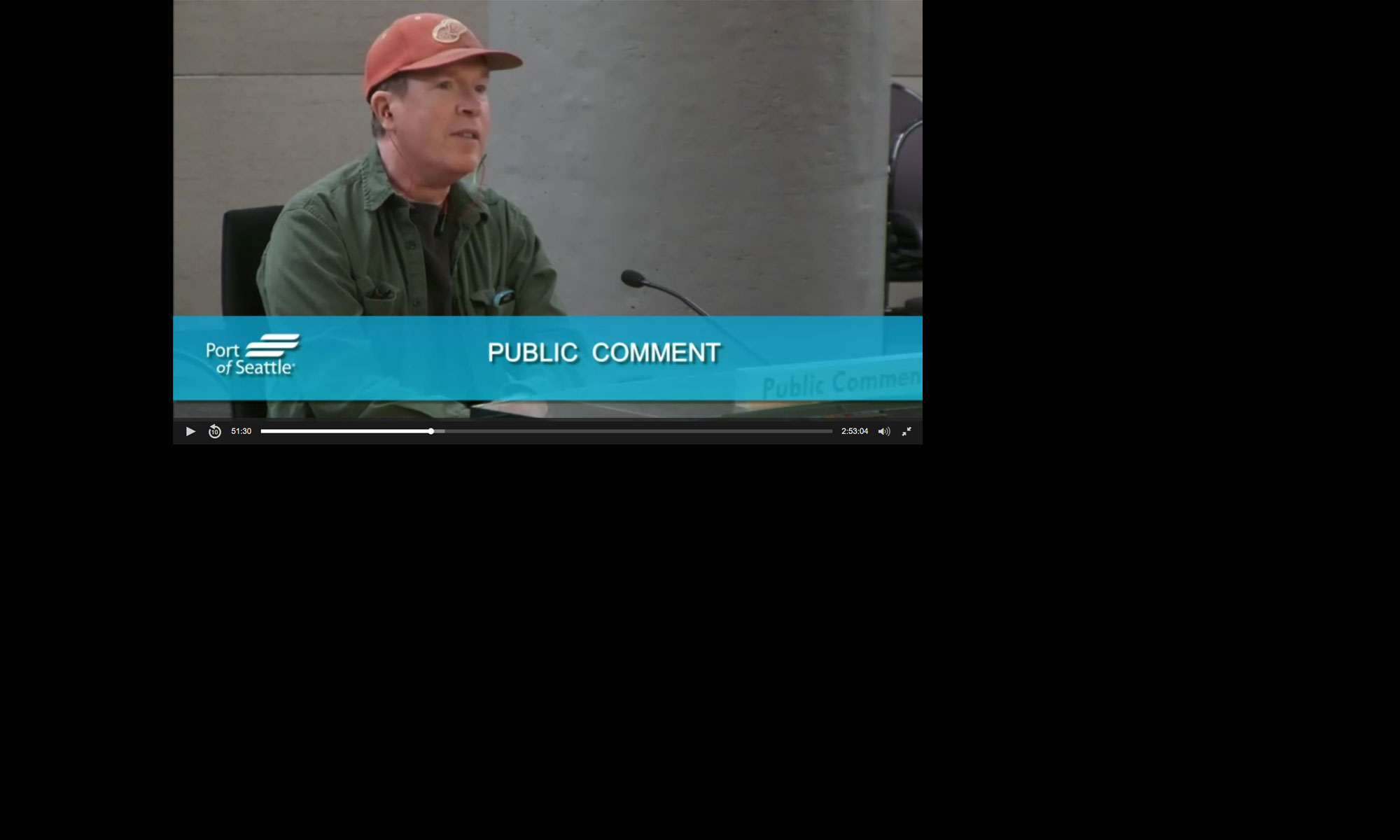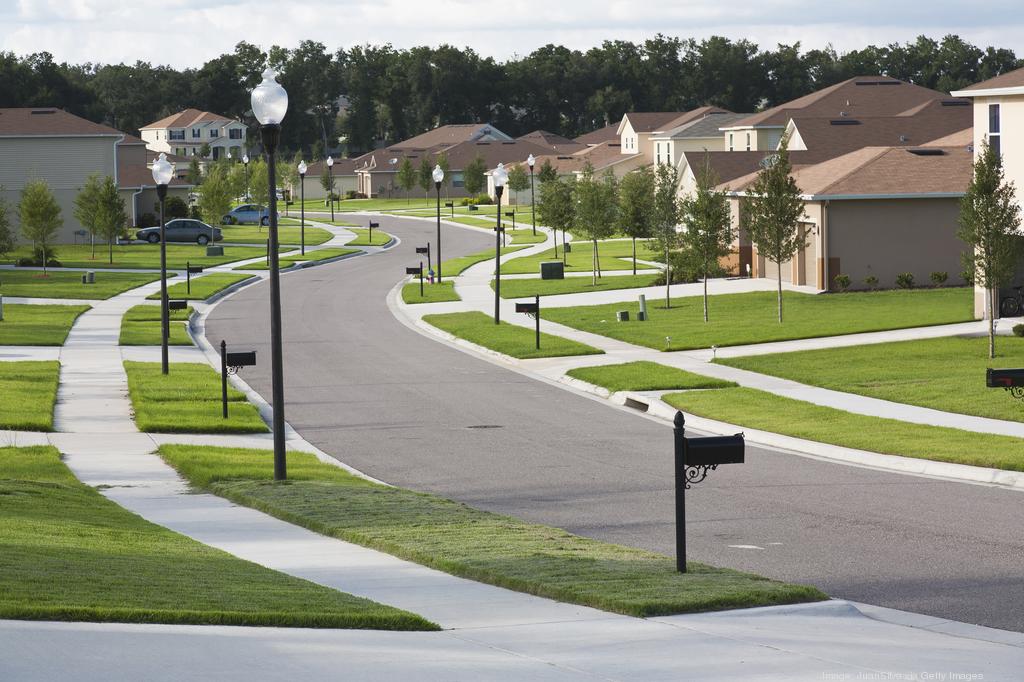Homebuyers in today’s market are increasingly faced with an inconvenient but inescapable truth — there are fewer homes for sale and the ones on the market are often in need of big repairs and renovations.
That’s because far fewer homes have been built since 2008 than needed to match demand, and a lot of existing homes were built decades ago — often to different standards. Meanwhile, those owners have either not been able to or willing to keep up with maintenance costs, said Marty Green, principal at mortgage law firm Polunsky Beitel Green.
“You have this obsolescence that is starting to accelerate,” Green said. “A lot of those homes have to be gentrified or razed.”
A recent report from home-improvement company Leaf Home and Morning Consult found 73% of baby boomers have been in their current homes for 11 years or more, and over half own homes built in 1980 or earlier that have never been renovated. A majority say they have no plans to do so, either.
“The housing market is caught in a generational tug-of-war. Boomers will soon face aging-in-place hurdles, while millennials will face the surprise of homes in need of major upgrades,” said Jon Bostock, CEO of Leaf Home, in a news release announcing the findings. “With an aging and ignored inventory of homes available in the next decade, we may see a crisis that will overwhelm the home-improvement industry and strain the budgets of inheriting millennials, impacting the housing market.”
Homeowners are staying in place longer
A recent Redfin Corp. (Nasdaq: RDFN) report found the length of time people stay in their homes has more or less doubled since 2006. In that year, the median homeowner spent about 6.5 years in a home, which grew to a peak of 13.4 years in 2020 and dipped to 11.9 years in 2023.
About 56% of baby boomers have lived in their home for at least 10 years, according to the study, while about 35% of Gen Xers lived in their home for at least 10 years. Just 7% of millennials stayed in their home for 10 years or longer.
The homes older Americans own also tend to be larger. A separate Redfin analysis found empty-nester baby boomers own twice as many three-bedroom-plus homes than millennials with kids.
Why are boomers staying in place longer?
- They have no incentive to leave. More than half, about 54%, own their homes free and clear without a mortgage, with a monthly median homeownership cost of roughly $600.
- Nearly every baby boomer that does have a mortgage has a much lower interest rate than today’s rates hovering around 7%.
- Often, older Americans and those who have lived in their homes the longest have tax advantages. In some places, property taxes are waived or rates are pegged to the year they were purchased, incentivizing long-term residence.
All those reasons, and other factors, have kept housing inventory at historically low levels. Redfin data shows overall inventory bouncing back slightly from the depths of the Covid-19 pandemic, but still remains far below pre-pandemic levels. Overall supply in December was about 3.2 months — the total amount of time it would take to sell out the inventory of homes without adding new ones. A balanced market is typically a six-month supply. But the housing market hasn’t been close to that since 2014, according to data from the Federal Reserve.
Constrained inventory means higher home prices
The prolonged lack of inventory has also led to higher prices — and that puts first-time homebuyers in an even more difficult spot.
“Even if they can get somehow into a home they can make the monthly payment on, they can’t make enough to save for a down payment,” said Peter Idziak, a senior associate at Polunsky Beitel Green. “By the time they save that amount, prices have increased and they need even more money — so they are almost always behind.”
Orlando, Florida-based Realtor Anne-Marie Wurzel said that lack of inventory can be challenging, since even owners who want to sell have limited options on where to go. But if mortgage rates come down, that could lead to an increase in buyer interest, which could once again lead to higher prices.
“While I don’t see us going back down into the 3% interest rate, as rates do drop, demand will likely increase and lead to a resurgence in buyer interest and competition,” Wurzel said in an email.
But there is an expectation that mortgage rates will come down at some point in 2024, according to Green. Right now, rates are trending higher because of uncertainty about the Federal Reserve’s next moves. But once that picture becomes clearer, rates are expected to come down — and could drop even more if the Fed lowers interest rates.
Once rates get closer to what people have on their existing mortgages, more supply will enter the market. Homebuilders are building more new homes now, too, helping to close the supply gap, Green added.
“People have been sitting on the sidelines for awhile now,” he said, adding more flexible remote work-arrangements will also free up people to move to cheaper areas. “I think you will see a lot of movement of people and that will add to the inventory.”




